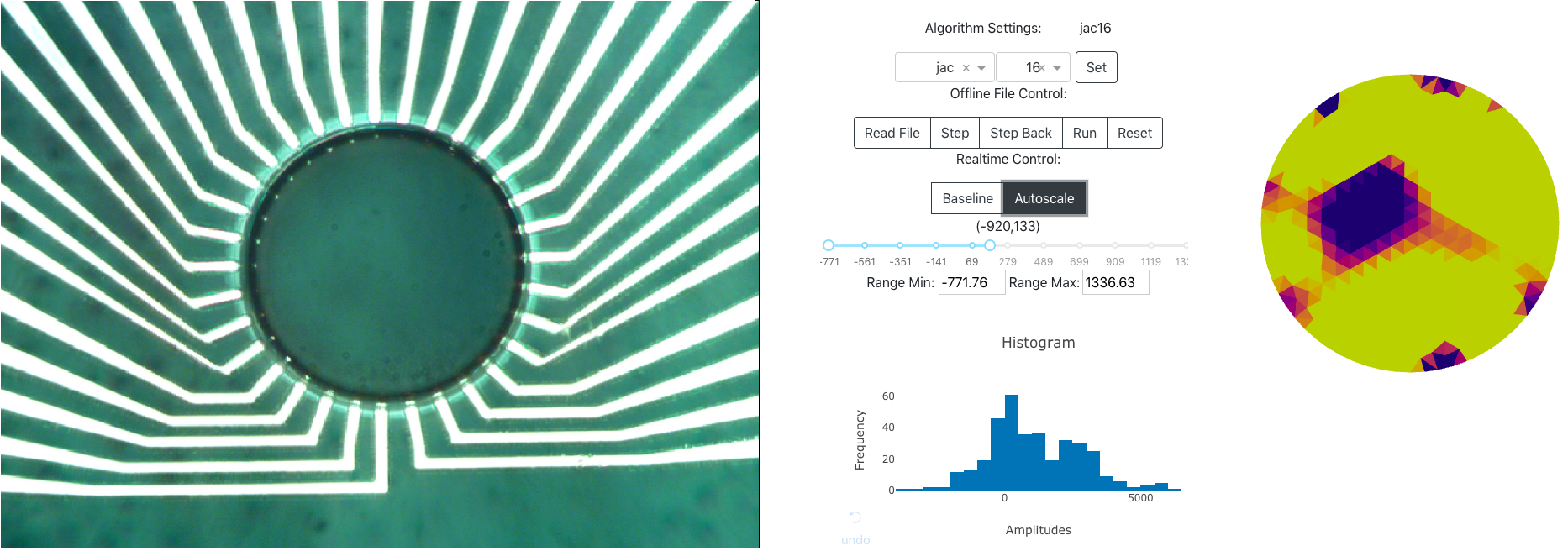The Technology - Non Invasive Metabolic Imaging
The What
At Ravata Solutions we are working on a metabolic imaging system to capture cellular insights impossible with microscopy or other non-invasive techniques. Our proprietary sensor suite is compatible with our own high frequency signal processing hardware and software to integrate data collection and decision making into one system.
The How
The system’s primary function is to detect and measure changes in intra-cellular conductivity, a factor we’ve linked with the formation and elimination of reactive oxygen species. Reactive oxygen species (ROS) are a byproduct of metabolism and in excess cause damage to mitotic cell division making it a bio-marker for viability. The challenge with measuring ROS is they are very short lived by-products, often with a half life of less than a minute. Prior to Ravata’s system these measurements were taken using the highly manual patch clamp technique and never once applied to in-vitro fertilization. To make collection of ROS data safe and scalable, Ravata approached this challenge by taking thousands of measurements per embryo and reconstructing an image using finite element analysis.
The WhEN
We have already begun to commercialize simplified formats of this core technology in the animal IVF industry and are rapidly collecting embryo development data to create a predictive algorithm for embryo viability which we will take through the FDA. Following final system designs we will collect additional non-clinical results before submitting an IRB for clinical data collection with partner California IVF, a UC Davis Medical Center IVF provider.
(Left): The Ravata sensor design to enable the collection of data from a single cell.
(Right): The output of a typical Electrical Impedance Tomography scan demonstrating the contrast between a bead (blue) and media.

